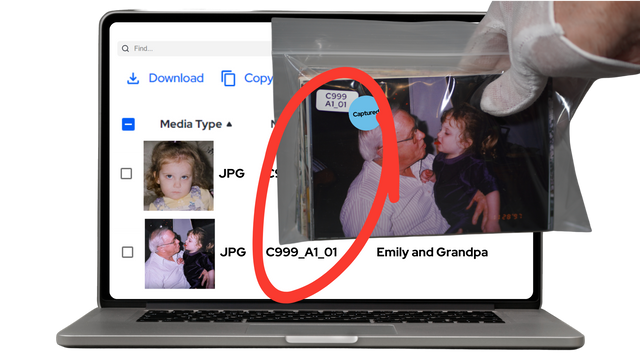What Is a 3 1/2 Floppy Disk?
The 3.5 inch floppy disk (often written as a 3 1/2 floppy) became the standard format for storing digital files during the 1990s and early 2000s. Despite the name, these disks weren’t actually floppy—they had a hard plastic shell but carried forward the name from the bendable 5.25-inch versions that came before them.
Each disk could store 1.44MB of data. That was enough for a document, a couple of spreadsheets, or maybe a small photo. It wasn’t much, but it was groundbreaking at the time.
These little squares were used for school papers, family budgets, and early business records. If you’ve found one in a drawer recently, you’re not alone—and you’re not out of luck.
Diskette 3 1/2 and the Problem of Compatibility
Trying to read a diskette 3 1/2 today can be surprisingly difficult. Most modern computers no longer have a floppy disk drive, and even external USB options are becoming rare.
If you do manage to find a working reader, you still may hit roadblocks:
-
The file formats might be obsolete
-
The disk could be damaged or demagnetized
-
Modern systems may not recognize the drive
That’s why it’s often safer and faster to use a professional floppy disk to digital service. With careful handling and experience recovering old file formats, it’s often the only way to make sure you get everything off your disks without risking damage.

Why the 3.5 Inch Floppy Disk Still Matters
Here’s the thing—floppy disks may be outdated, but the data they hold could still be incredibly meaningful. Whether it’s a letter to a loved one, a forgotten resume, or early digital artwork, it’s worth preserving.
Your diskette 3 1/2 isn’t just a curiosity—it’s a snapshot of a time when digital storage was tactile and tangible. Instead of leaving it to degrade further in a closet, consider exploring America’s best data recovery service to rescue its contents before it’s too late.

📧 Want more tips like this?
Subscribe to Heirloom emails to learn how to preserve your priceless memories. Get discount codes for expedited shipping, quality digitizing, and secure cloud storage. We never spam, and it’s easy to unsubscribe at any time.



